901531
Pomalidomide-PEG3-Alkyne
≥95%
別名:
N-(2-(2,6-Dioxopiperidin-3-yl)-1,3-dioxoisoindolin-4-yl)-3-(2-(2-(prop-2-yn-1-yloxy)ethoxy)ethoxy)propanamide, Crosslinker−E3 Ligase ligand conjugate, Protein degrader building block for PROTAC® research, Template for synthesis of targeted protein degrader
About This Item
おすすめの製品
ligand
pomalidomide
品質水準
アッセイ
≥95%
フォーム
powder or crystals
反応適合性
reaction type: click chemistry
reagent type: ligand-linker conjugate
官能基
alkyne
保管温度
2-8°C
SMILES記法
O=C(C(CC1)N(C2=O)C(C3=C2C=CC=C3NC(CCOCCOCCOCC#C)=O)=O)NC1=O
アプリケーション
Automate your CRBN-PEG based PROTACs with Synple Automated Synthesis Platform (SYNPLE-SC002)
その他情報
Portal: Building PROTAC® Degraders for Targeted Protein Degradation
Targeted Protein Degradation by Small Molecules
Small-Molecule PROTACS: New Approaches to ProteinDegradation
Targeted Protein Degradation: from ChemicalBiology to Drug Discovery
Impact of linker length on the activity of PROTACs
法的情報
関連製品
保管分類コード
11 - Combustible Solids
WGK
WGK 3
引火点(°F)
Not applicable
引火点(℃)
Not applicable
適用法令
試験研究用途を考慮した関連法令を主に挙げております。化学物質以外については、一部の情報のみ提供しています。 製品を安全かつ合法的に使用することは、使用者の義務です。最新情報により修正される場合があります。WEBの反映には時間を要することがあるため、適宜SDSをご参照ください。
Jan Code
901531-50MG:
901531-BULK:
901531-VAR:
最新バージョンのいずれかを選択してください:
試験成績書(COA)
この製品を見ている人はこちらもチェック
資料
Partial PROTACs are a collection of crosslinker-E3 ligand conjugates with a pendant functional group for covalent linkage to a target ligand.
Partial PROTACs are a collection of crosslinker-E3 ligand conjugates with a pendant functional group for covalent linkage to a target ligand.
ライフサイエンス、有機合成、材料科学、クロマトグラフィー、分析など、あらゆる分野の研究に経験のあるメンバーがおります。.
製品に関するお問い合わせはこちら(テクニカルサービス)
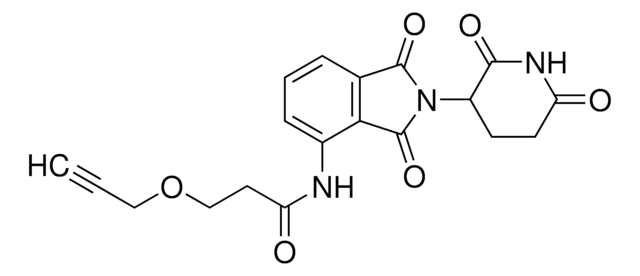
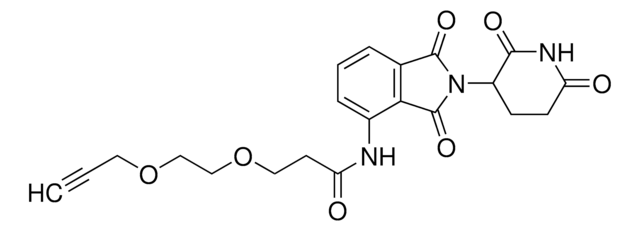
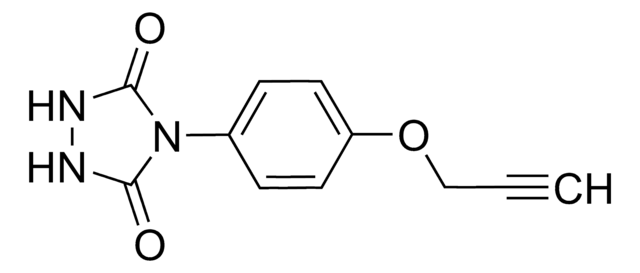
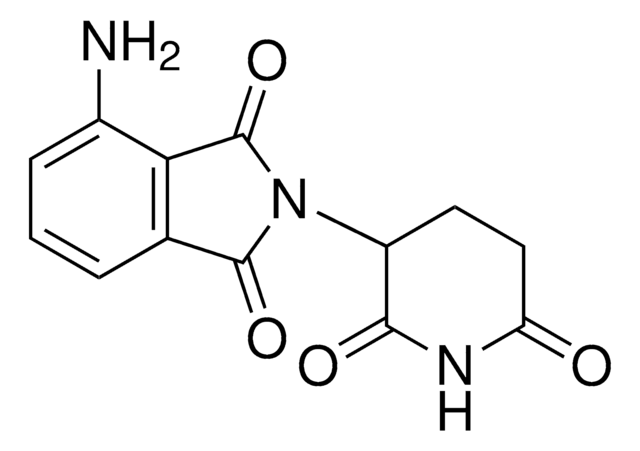
![N-[(1R,8S,9s)-ビシクロ[6.1.0]ノン-4-イン-9-イル メトキシカルボニル]-1,8-ジアミノ-3,6-ジオキサオクタン for Copper-free Click Chemistry](/deepweb/assets/sigmaaldrich/product/structures/294/853/c5e47d84-5aee-4797-aa24-604f291171cc/640/c5e47d84-5aee-4797-aa24-604f291171cc.png)

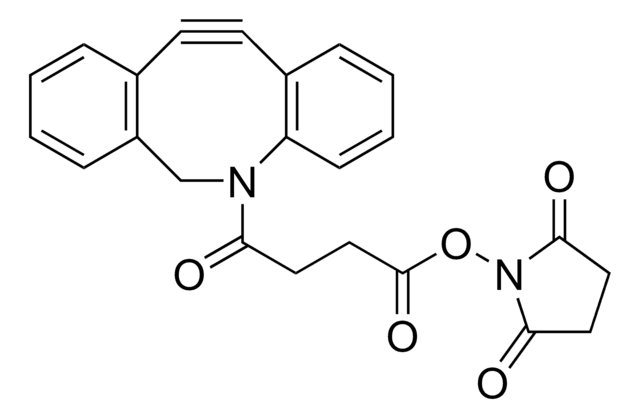

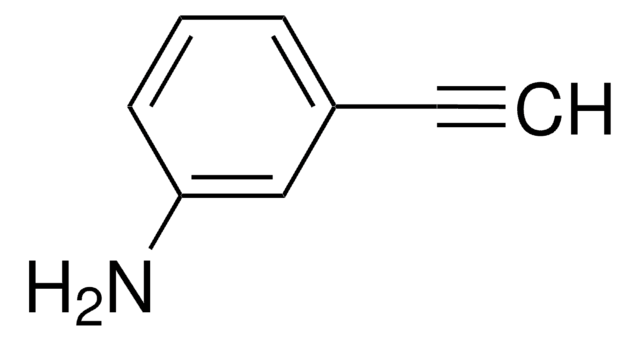
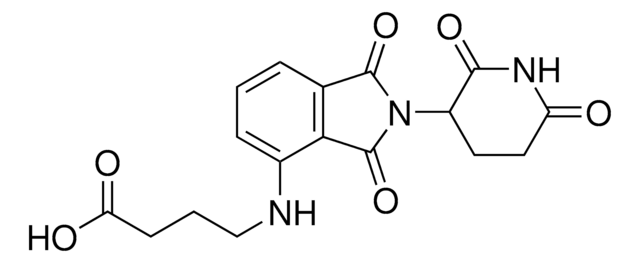
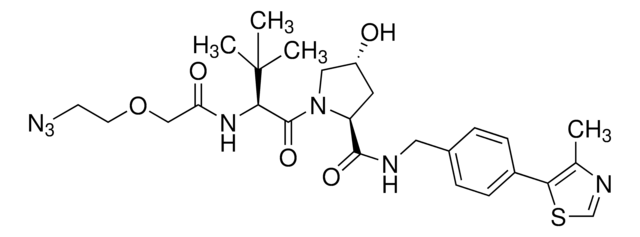

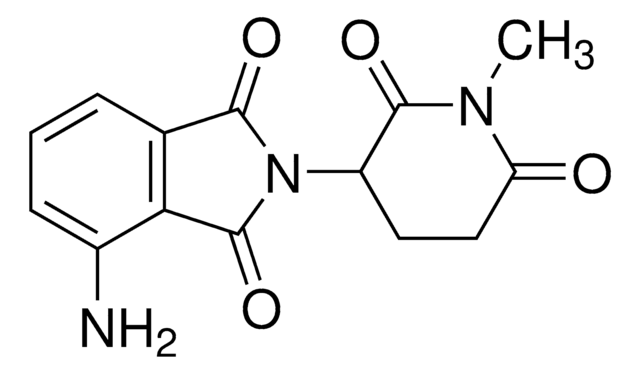
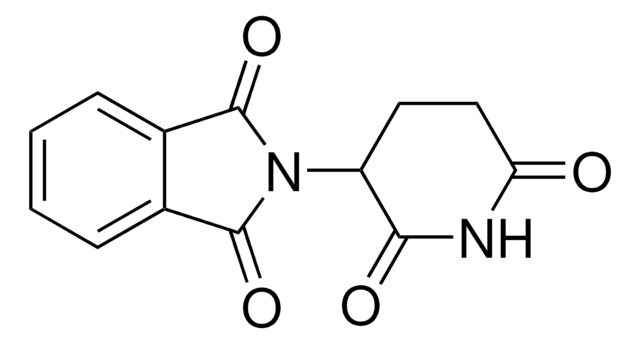
![4-(アセチルアミノ)フェニル]イミドジスルフリルジフルオリド ≥98%](/deepweb/assets/sigmaaldrich/product/structures/101/806/3f40354f-e903-4ea0-9654-10872377816c/640/3f40354f-e903-4ea0-9654-10872377816c.png)